SLVSDU5A April 2018 – November 2019 TPS57112C-Q1
PRODUCTION DATA.
- 1 Features
- 2 Applications
- 3 Description
- 4 Revision History
- 5 Pin Configuration and Functions
- 6 Specifications
-
7 Detailed Description
- 7.1 Overview
- 7.2 Functional Block Diagram
- 7.3 Feature Description
- 7.4
Device Functional Modes
- 7.4.1 Adjusting the Output Voltage
- 7.4.2 Enable Functionality and Adjusting Undervoltage Lockout
- 7.4.3 Slow-Start or Tracking Pin
- 7.4.4 Sequencing
- 7.4.5 Constant Switching Frequency and Timing Resistor (RT/CLK Pin)
- 7.4.6 Overcurrent Protection
- 7.4.7 Frequency Shift
- 7.4.8 Reverse Overcurrent Protection
- 7.4.9 Synchronize Using the RT/CLK Pin
- 7.4.10 Power Good (PWRGD Pin)
- 7.4.11 Overvoltage Transient Protection
- 7.4.12 Thermal Shutdown
- 7.4.13 Small-Signal Model for Loop Response
- 7.4.14 Simple Small-Signal Model for Peak-Current-Mode Control
- 7.4.15 Small-Signal Model for Frequency Compensation
-
8 Application and Implementation
- 8.1 Application Information
- 8.2
Typical Application
- 8.2.1 Design Requirements
- 8.2.2
Detailed Design Procedure
- 8.2.2.1 Selecting the Switching Frequency
- 8.2.2.2 Output Inductor Selection
- 8.2.2.3 Output Capacitor
- 8.2.2.4 Input Capacitor
- 8.2.2.5 Slow-Start Capacitor
- 8.2.2.6 Bootstrap Capacitor Selection
- 8.2.2.7 Output Voltage and Feedback Resistor Selection
- 8.2.2.8 Compensation
- 8.2.2.9 Power-Dissipation Estimate
- 8.2.3 Application Curves
- 9 Power Supply Recommendations
- 10Layout
- 11Device and Documentation Support
- 12Mechanical, Packaging, and Orderable Information
Package Options
Mechanical Data (Package|Pins)
- RTE|16
Thermal pad, mechanical data (Package|Pins)
- RTE|16
Orderable Information
7.4.4 Sequencing
One can implement many of the common power-supply sequencing methods using the SS/TR, EN, and PWRGD pins. Implementation of the sequential method uses an open-drain or open-collector output of a power-on-reset pin of another device. shows the sequential method. Coupling power-good to the EN pin on the TPS57112C-Q1 device enables the second power supply once the primary supply reaches regulation.
Ratiometric start-up is achieved by connecting the SS/TR pins together. The regulator outputs ramp up and reach regulation at the same time. When calculating the slow-start time, double the pullup current source in Equation 4. illustrates the ratiometric method.
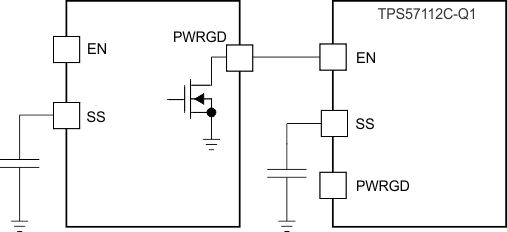 Figure 23. Sequential Start-Up Sequence
Figure 23. Sequential Start-Up Sequence 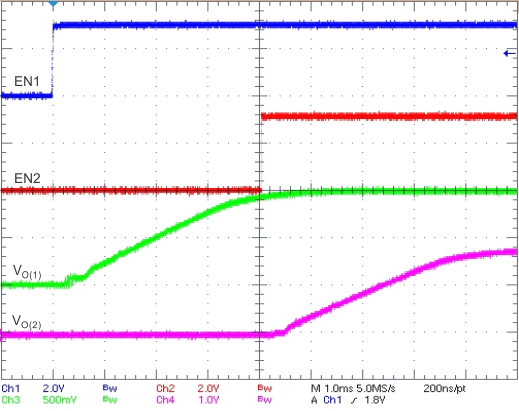 Figure 24. Sequential Start-up Using EN and PWRGD
Figure 24. Sequential Start-up Using EN and PWRGD 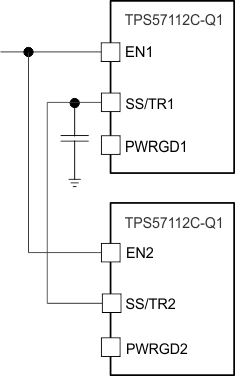 Figure 25. Schematic for Ratiometric Start-Up Sequence
Figure 25. Schematic for Ratiometric Start-Up Sequence 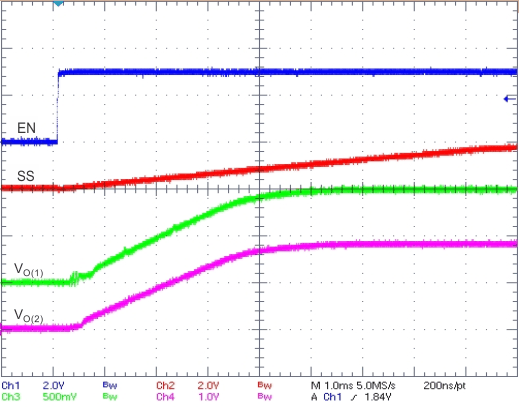 Figure 26. Ratiometric Start-up With VO(1) Leading VO(2)
Figure 26. Ratiometric Start-up With VO(1) Leading VO(2) One can implement ratiometric and simultaneous power-supply sequencing by connecting the resistor network of R1 and R2 shown in to the output of the power supply that requires tracking, or to another voltage reference source. Using Equation 5 and Equation 6, one can calculate the tracking resistors to initiate VO(2) slightly before, after, or at the same time as VO(1). VO(1) – VO(2) is 0 V for simultaneous sequencing. Including V(ssoffset) and I(SS/TR) as variables in the equations minimizes both the effect of the inherent SS/TR-to-VSENSE offset (V(ssoffset)) in the slow-start circuit, and the offset created by the pullup current source (I(SS)) and tracking resistors. Because of the requirement to pull the SS/TR pin below 40 mV before starting after an EN, UVLO, or thermal shutdown fault, one must carefully select the tracking resistors to ensure the device can restart after a fault. Make sure the calculated R1 value from Equation 5 is greater than the value calculated in Equation 7 to ensure the device can recover from a fault. As the SS/TR voltage becomes more than 85% of the nominal reference voltage, V(ssoffset) becomes larger as the slow-start circuits gradually hand off the regulation reference to the internal voltage reference. The SS/TR pin voltage must be greater than 1.1 V for a complete handoff to the internal voltage reference, as shown in Figure 26.



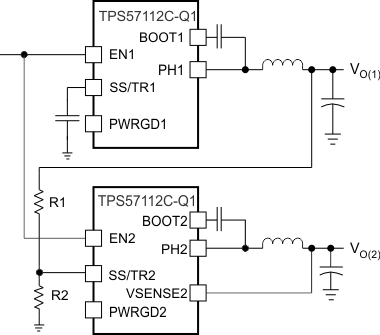 Figure 27. Schematic for Ratiometric and Simultaneous Start-Up Sequence
Figure 27. Schematic for Ratiometric and Simultaneous Start-Up Sequence